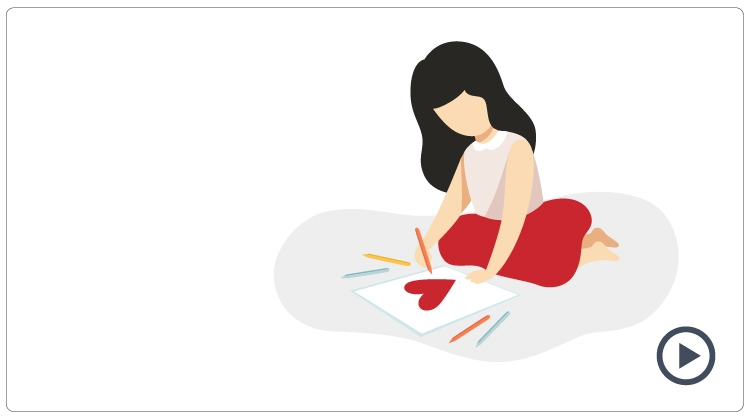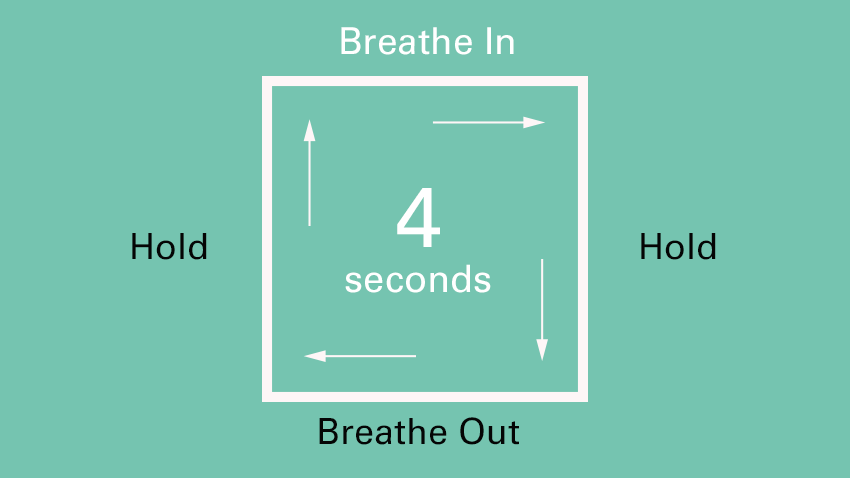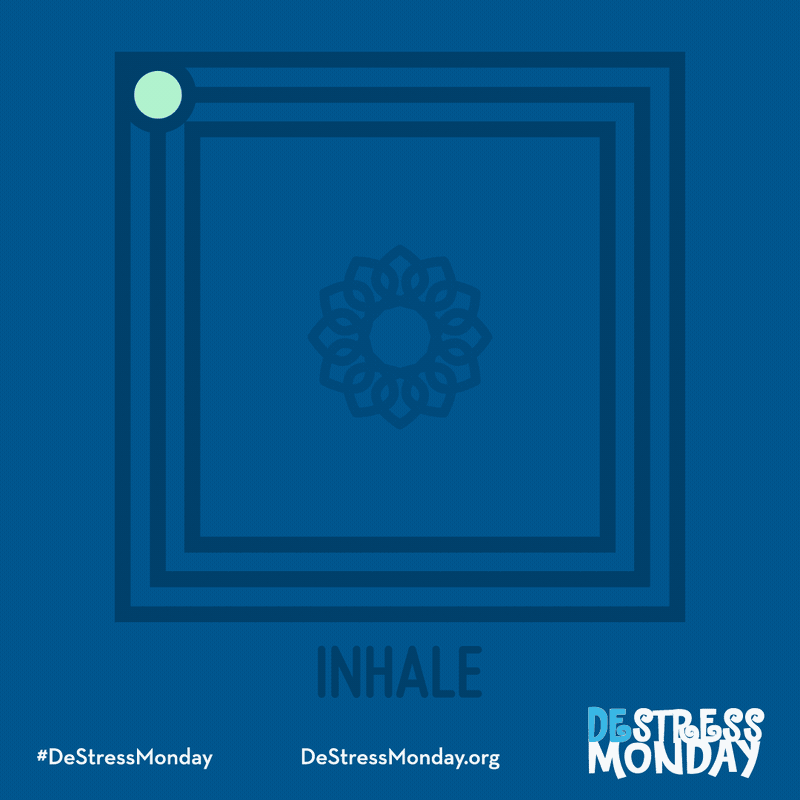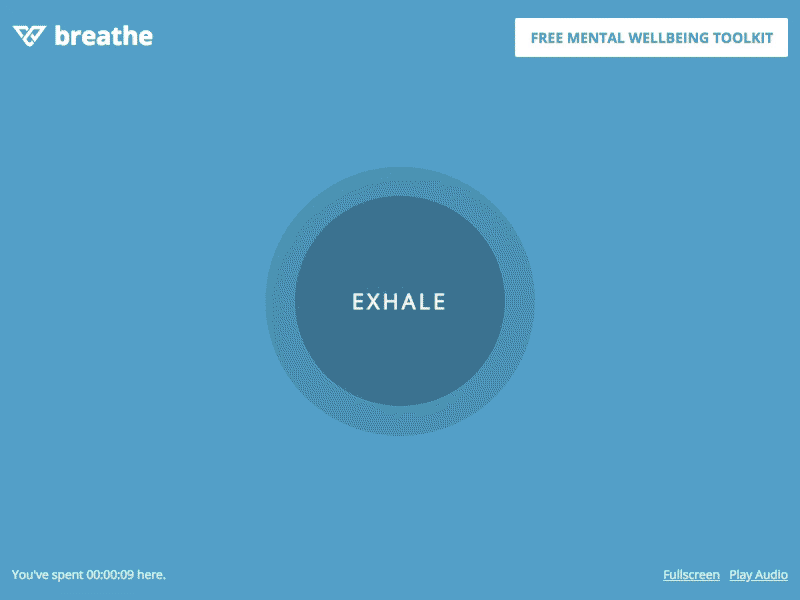PAP 094: Calming Techniques for Kids (and Parents)
PAP 094:
Calming Techniques for Kids (and Parents)

If there’s one tool we all need for life in this world — kids and parents — it’s calming techniques. In this episode of the Parenting ADHD Podcast I explain the role of the vagus nerve and our autonomic nervous system in getting us activated and feeling unsafe, and then list more than 20 tools and techniques to use for calming yourself or your child, by stimulating the vagus nerve to calm the nervous system.
Resources in this Episode
NOTE: Some of the resources below may be affiliate links, meaning I receive a commission (at no cost to you) if you use that link to make a purchase.
-
DIY Cloud dough (or buy Kinetic sand, which is very similar)
-
Nature sounds (I use Relax Melodies app)
- Shaking exercises to stimulate the vagus nerve: https://youtu.be/v5qts5Xu5_Q and https://youtu.be/_DhwJoylC28
-
Practice mindfulness or meditation (I use Insight Timer and Calm apps)
- PAP 093: Seeing Your Child through a Brain-Based Lens with Eileen Devine, LCSW
-
Box Breathing (see animated images below to use to practice box breathing – right-click to save to your computer or tap and hold to save on mobile)
Thanks for joining me!
If you enjoyed this episode, please use the social media buttons to share it. Have something to say, or a question to ask? Leave a comment below. I promise to answer every single one. **Also, please leave an honest review for The Parenting ADHD Podcast on iTunes. Ratings and reviews are extremely helpful and appreciated! That’s what helps me reach and help more families like yours.
Intro (00:03): Welcome to the Parenting ADHD Podcast, where I share insights and strategies on raising kids with ADHD, straight from the trenches. I'm your host, Penny Williams. I'm a parenting coach, author, ADHD-aholic and Mindset Mama, honored to guide you on the journey of raising your atypical kid. Let's get started.
Penny Williams (00:31): Hello, my tribe. Welcome back to the parenting ADHD podcast. Today. I am going to talk about some calming techniques with you and these calming techniques are good for us as parents and for our kids. And I'm going to start just by expressing and explaining a little bit about what I have been learning so far this year in the past several months about polyvagal theory and polyvagal theory really looks at our autonomic nervous system and how that translates into our behavior. So it's looking at this mind, body connection, meaning that when our nervous system is triggered, it affects our mood, our behavior, and even our ability to think and rationalize and process. And so the clues that we are getting, when we look at what area of the polyvagal theory, what area of that autonomic nervous system is triggered, then we can use that information, not just to understand behavior, but also to affect calm.
Penny Williams (01:48): Because typically when that autonomic nervous system is triggered, we are either in fight or flight. We're very activated. We need to move, we need to do something or we're in freeze or shut down where just as it sounds or either freezing or completely shutting down, not taking any action because we're so triggered. And so what we want to do when we are triggered is activate the Vegas nerve because the Vegas nerve calms us down. And it puts us back in that green zone as far as polyvagal theory goes. So we've activated that calm, connected part of our nervous system. And we have an upcoming episode on the podcast in a couple of weeks with Dr. Mona Dellahooke. And we're going to talk all about polyvagal theory. What I've given you here is just very, very brief information just to kind of let you know where these calming techniques are coming from and why they work.
Penny Williams (02:57): What they are doing? Most of them is stimulating the vagus nerve, which is then calming the nervous system in general. Some of them also look at sensory needs and they're calming activities based on sensory needs, both for sensory seekers and sensory avoiders. So I'm really just going to list a bunch of calming techniques that you can try with your kids and with yourselves, they're not really in any order other than the order that my brain syncs them up. So don't think that the top calming technique is the top calming technique for everyone. And, that brings up a really good point that what is the most amazing calming technique in the world for my kid may not work for your kid at all. It may actually make it worse, make them less calm. So you really have to try these things with your kids, see what is helpful and what is not helpful so that you can come up with kind of a calming plan or a calming toolbox if you will.
Penny Williams (04:11): So let's jump into these calming activities and techniques. Number one is a weighted blanket. The weighted blanket has been huge in our house. It's been fantastic for my son as far as being a sensory seeker and having poor proprioceptive input. But it's also been really fantastic for my daughter who struggles with a lot of anxiety. So there are a lot of different things that weighted blankets can really help. And that's really example of the two different aspects of calming number one, sensory. That's what the weighted blanket is doing for my son, because he needs that sensory input to calm. But number two, as far as the nervous system goes and stimulating the vagus nerve, that's what the weighted blanket is doing for my daughter with anxiety. It's stimulating that vagus nerve, which then is calming and soothing hugs. Hugs are great for kids who love hugs and adults who love hugs.
Penny Williams (05:16): Again, it's that lack of proprioceptive input that so many kids have, especially those kids who are hyperactive. And so a deep pressure, big bear hug kind of hug can often be very calming, very calming, a calming jar. Many of you have probably seen this. You can find a hundred recipes to make one on Pinterest, but it's basically a jar with some fluid in it that often has glitter or something moving through it. And when you put all that in and you seal up the jar, your child can turn it over, back and forth, back and forth, and they can watch the glitter or watch the objects and the liquids in it, moving and focus on that to calm. Cloud dough is another one that we learned from our occupational therapist. And again, there are hundreds of recipes for cloud dough on Pinterest, and it's just flour.
Penny Williams (06:16): And I can't remember maybe some salt and then you can put food coloring in it. You can put essential oils in it. We had a lavender cloud dough and it's not solid like a bread dough or a pizza dough. It's really fluffy and airy. So you'll keep it in a container with a lid on it. And they'll just run their fingers through it in that container. Jumping for many kids, jumping is actually calming because it's stimulating your nervous system, that activity, the repetition. If you're jumping in a repetitive pattern, then that repetition can also be calming and soothing. Music. Music is a big one in our house. All four of us are very connected to music and my husband and my kids both really can't survive without having music playing all the time. I am not that way. I can't focus if I have music playing, but what music does for me is really kind of energizes my soul.
Penny Williams (07:27): It always elevates my mood. It always makes me feel good. And so I turn to it sometimes in those times where I'm really down or struggling or in a time where I just need a pick me up and some energy I'll put on some music, jump around, dance around a little bit and then feel a little better. And again, that's stimulating our nervous system and with music, it's also connecting our neural connections and pathways in our brain. It's very, very therapeutic: music. As you may not be into music, nature sounds or white noise might be really good and calming for you. I often play some water sounds in an app at night and it runs for two hours and then it automatically turns off. It's an app called relax melodies. I love it. You can set any sorts of sounds that are in there.
Penny Williams (08:30): You can set the volume and the mix of different things. I often put ocean waves and thunderstorm together, and that's calming for me. Many of our kids have a stuffed animal, a stuffy or a lovey that soothes them, just having it with them, having it in their hands, soothes them. And even, in our population of kids with ADHD and autism, we could be talking about preteens and even teens. And that's okay. If you have an object that makes you feel better and it isn't impeding your life in any way, it's totally okay. Do we want our 16 year old to take their lovey to school with them and set it on their desk? No, that's probably going to be a little detrimental socially, but be open to the fact that kids find security and a sense of calm and relief in a lot of different ways.
Penny Williams (09:31): And if it's a stuffed animal, that's perfectly fine. If it's a Blanky, it's fine. When it's not detrimental to them. In other aspects, my son was really connected to a blanket that my mom made him when he was born. And it's kind of a thermal weave fabric. And he calls thermal shirts Blanky shirts because they're made of that same fabric, or at least he did, but he's a little old for that now, but he really found so much calm in holding that blanket and the material in his fingers because it had some texture to it. And that texture is actually what he's finding soothing more than just a connection to this Blanky that he's always had. And then that's certainly part of it, but the texture is really helpful. When he went to middle school and he was going on an overnight trip every now and then, my mom sewed that same material into a small pillow for him so that he could have that soothing, comforting, secure item when he was away from home. But it wasn't in a way that was detrimental to him socially. He wasn't whipping out his Blanky in a room full of six, 12 year old boys. He had a way to use it that worked for him without causing any problems.
Penny Williams (10:44): A small cubby or a tight space. My son used to climb into kitchen cabinets. He would climb under the little cubby under the stairs. We actually built a bed for him that was up on a raised platform with a room, basically like a three foot high little room with a door underneath it because he loved being in those tight spaces. You could do that with a tent, an indoor tent on your floor to play in or a tent on your bed. They make bed tents that your mattress goes inside of and it's fit to the mattress size and goes on your bed.
Penny Williams (11:36): And a lot of kids find that really secure. It's a real feeling of security when you know where all the boundaries are and all the walls are. Natural Calm magnesium powder. This is a supplement, but we have used this many times for calming, for help with sleep when sleep was troublesome, even to help with picking at things — picking at skin or picking at objects. That Natural Calm actually helped in that regard too. And again, if you're picking at something on your body that could be stimulating, which could be soothing to your nervous system, sounds crazy to think that if your child is picking at their fingernails or the skin around their fingernails, that that somehow calms them, but it can, not for everyone, but it can.
Penny Williams (12:31): Splashing cold water on your face. This is a huge, huge Vegas nerve stimulation. This is a really, really solid strategy for calming. If your autonomic nervous system is activated and super activated a lot of times with anxiety, we will see that this really, really helps. You can either splash the cold water on your face, you could take a cold shower, or you can even hold an ice pack on your face or the back of your neck.
Penny Williams (13:02): Shake your body. There are some videos on YouTube about using some different shaking methods or shaking systems sort of, methods to help to stimulate your vagus nerve and cause your autonomic nervous system to calm down. We'll link some of those in the show notes for you, but that is again a really good exercise for someone who is anxious or overactivated feeling like they really need to move, but in this really activated negative way.
Penny Williams (13:42): Dancing. So many people find dancing therapeutic. Again, it's that exercise. Exercise in general really stimulates your vagus nerve and helps to calm your nervous system. Especially if you're out in nature in a green zone, you're walking, you're biking, running, whatever it is, being out in nature and getting exercise is super helpful for our nervous systems and our brains. Practicing mindfulness and meditation. This is a really big one and we are seeing more and more and more studies that show that a practice of mindfulness or a step further meditation truly helps our brains and our nervous systems. It's essentially practicing and training thought control. Not that you're always going to have control of your thoughts, but that you've practiced this muscle that helps you bring your thoughts back to where you need them to be. It's really helpful for anxiety. It's really helpful for kids who struggle with focus and paying attention.
Penny Williams (14:55): It's helpful for an overactive, overstimulated polyvagal system, that autonomic nervous system. Box breathing is also a big one. Box breathing is when you have four parts to inhale and exhale, and they are all the exact same length of time. And that piece is the most important piece for it to be calming and for it to stimulate your vagus nerve. So if you're doing it on three second increments, let's say you'll inhale for three seconds, hold for three seconds, exhale for three seconds, hold for three seconds. And basically you can visualize that that could create a box. In the Calm app, you can set it to do box breathing in the settings and you can watch the circle on the screen to help you with the timing and the rhythm of it. And you need to practice this as well, so that you can call on it when you're in a tough spot.
Penny Williams (16:05): If you or your child is super overactivated, super anxious, it's hard to think about the strategies that you need to use and to use them in those moments. But when you're practicing them two, three, four times a week, then they're almost automatic when you need them. And that's really the point of a lot of this is it has to become your go to in times of struggle. Chanting, humming, gargling, and belly laughing. These all stimulate the vagus nerve by causing vibrations around your vocal chords in that area in the neck where the vagus nerve goes right through there. All of those things are on every list of exercises for stimulating your vagus nerve. So while you might find someone else humming to be annoying at times, irritating, grading, it could be the difference between a ton of emotional intensity and meltdown and very little. So if this works for your kid, try to find a way to be okay with listening to it or headphones or your own music or something like that.
Penny Williams (17:25): Yoga is a good exercise for calming our nervous system. And that was the last one on my list. There are, of course, many, many, many more strategies, tools, techniques to calm ourselves and our kids. These are many that have worked for us and many that have come up in the last several months as I've really been diving into and learning about polyvagal theory. And I encourage you to look it up and learn more about it. But I also want to remind you that in two or three weeks, I do have an episode with Mona Dellahooke all about polyvagal theory and another episode a week or two after that is an episode with Dr. Nima, where we also talk about the integration of our nervous system with our behavior and with how things even go with us and how we kind of see the world and see our lives.
Penny Williams (18:24): So a lot of upcoming conversation that we'll dive into this deeper. Polyvagal theory is everything to me. Now that I know about it, it really explains behavior in a mind body connected way. And then that affords us the opportunity to work on that, to improve behavior based on the physiology of what's happening within our kids. When we just look at it through that behavior lens as Eileen Devine and I talked about in the last episode, we're not getting to the root of why the behavior is happening and we can't change it. You can't improve it if we don't know the underlying trigger for it. And so much of that is actually our nervous system. And of course our brains and that connection between the two. So try out some of these calming techniques with your kids, with yourselves. Look, we all need some extra calm, especially right now.
Penny Williams (19:33): And I think you'll find that many will work. Some won't and you can whittle that list down into a list of strategies for calming in hard times, or staying calm outside of those difficult times. And it will be a resource then that's tailored to you, tailored to your children, tailored to your family, that will actually work for them. For the show notes, including links to this list of items that I have talked about or other instruction on some of the techniques go to parentingADHDandautism.com/094. I thank you for joining me and I will see everyone next time.
Outro (20:19): Thanks for joining me on the parenting ADHD podcast. If you enjoyed this episode, please subscribe and share, and don't forget to check out my online courses, parent coaching and mama retreats at parentingadhdandautism.com.
Sign up to receive email updates
Enter your name and email address below and I'll send you periodic updates about the podcast.






